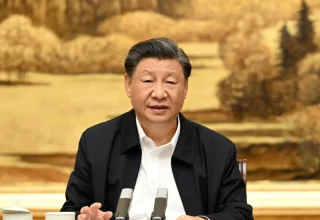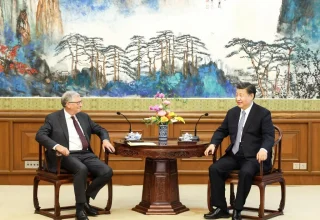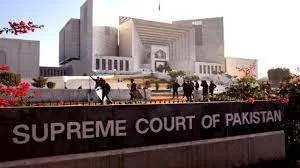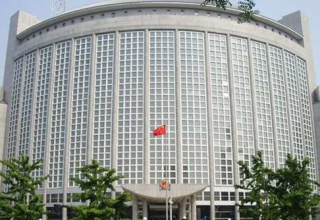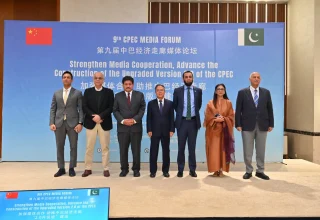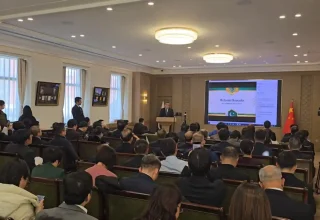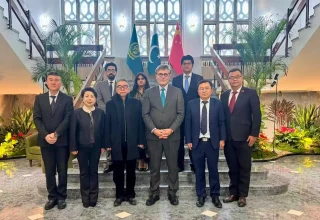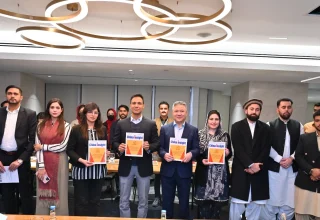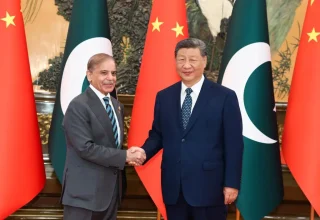
In a world increasingly marked by uncertainty, shifting geopolitical fault lines and economic volatility, the relationship between Pakistan and China stands out as a beacon of stability, mutual trust and enduring strategic partnership. The recent high-level meeting between Chinese President Xi Jinping and Pakistani Prime Minister Shehbaz Sharif in Beijing has once again reaffirmed the exemplary nature of this all-weather friendship, a bond that has not only withstood the test of time but has also matured into a robust, multifaceted cooperation model for the region and beyond.
As President Xi aptly stated, the world is undergoing changes “unseen in a century,” and it is precisely in such times that relationships like that of Pakistan and China gain new meaning. Far beyond ceremonial diplomacy, the Pakistan–China partnership is built on shared vision, mutual respect for sovereignty and a deep commitment to regional peace and development. The reaffirmation by both leaders to build an even closer China–Pakistan community with a shared future in the new era is not merely diplomatic rhetoric but it is a roadmap for long-term, sustainable cooperation in a rapidly evolving global environment.
At the heart of this relationship lies the China–Pakistan Economic Corridor (CPEC), a flagship project under Belt and Road Initiative (BRI). CPEC is far more than an infrastructure project, it is a lifeline for Pakistan’s economic revival and a gateway for regional connectivity. From energy generation and road construction to Gwadar Port and Special Economic Zones, CPEC has redefined Pakistan’s development trajectory.
Under its first phase, Pakistan witnessed over $25 billion in Chinese investments across energy, infrastructure and communication sectors. These projects helped eliminate the country’s chronic power shortages, modernize its road networks, and lay the foundation for industrial expansion. As the second phase kicks in with a focus on agriculture, information technology, vocational training and green energy, CPEC is poised to align even more closely with Pakistan’s long-term development needs.
The upgraded CPEC, as discussed by the two leaders, will include five new corridors that are about growth, livelihood enhancement, innovation, green development and regional connectivity. This visionary expansion promises to integrate Pakistan more deeply into the regional and global economy while reinforcing its sovereignty and economic independence.
President Xi emphasized the importance of safety and security for Chinese personnel, projects and institutions operating in Pakistan. Prime Minister Shehbaz Sharif, in turn, gave unequivocal assurances that Pakistan would spare no effort to protect all Chinese nationals and investments. This mutual commitment to safeguarding bilateral interests is a cornerstone of trust and underlines the seriousness with which both sides approach their strategic partnership.
Pakistan has always stood firmly with China on core issues, including the One-China policy and has consistently supported China’s positions on Taiwan, Hong Kong, Xinjiang, and the South China Sea. Likewise, China has remained Pakistan’s staunchest supporter on issues of territorial integrity, illegally Indian occupied Kashmir, regional peace and socio-economic development. This mutual diplomatic support in international forums showcases a relationship that is based on shared values, principles and mutual respect.
The discussions between the two leaders also extended to global governance, regional challenges and international diplomacy. Prime Minister Sharif praised President Xi’s Global Governance Initiative, viewing it as a pivotal step toward a more equitable and peaceful world order. The fact that both countries see eye to eye on key global developments ranging from Afghanistan and counterterrorism to climate change and multilateralism reflects their shared values and vision for a multipolar world.
Pakistan’s active support for China’s initiatives like the Global Security Initiative (GSI) and Global Development Initiative (GDI) underscores Islamabad’s support to the Beijing’s worldview, one that prioritizes sovereignty, dialogue and development over hegemony and unilateralism.
This strategic congruence has also been reflected in their cooperation within multilateral forums such as the Shanghai Cooperation Organization (SCO), the United Nations and the BRICS Plus mechanism, where both nations have continued to coordinate positions and champion the cause of developing countries
Beyond the hard infrastructure of roads and ports, China and Pakistan are also investing in the soft infrastructure of human development. From vocational training centers established under CPEC to thousands of Pakistani students receiving scholarships at Chinese universities, the cooperation is fostering a new generation of talent that will serve as the bridge between both nations.
China’s support for Pakistan in sectors such as healthcare, education, agriculture, science and technology is helping modernize essential public services and create local capacity. Initiatives involving AI, cloud computing, fintech and big data are already underway, signaling a shift towards a knowledge-based economy supported by Chinese expertise and technology.
The construction of Special Economic Zones (SEZs), another pillar of CPEC’s second phase, offers Pakistan the opportunity to boost exports, attract foreign investment and develop industrial clusters that are integrated into China’s vast supply chains.
The Pakistan–China relationship is often referred to as “higher than the mountains, deeper than the oceans and sweeter than honey.” While poetic, this expression accurately captures the depth, trust and affection that define the bond between the two countries. The recent meeting between Xi Jinping and Shehbaz Sharif further elevates this partnership into a model for regional cooperation, one that is resilient, progressive and future-focused.
In an increasingly polarized world, where economic coercion and political pressure have become tools of foreign policy, China and Pakistan offer a compelling alternative, a partnership built on mutual respect, peaceful development and shared prosperity. As both countries step into a new era of cooperation, the rest of the world would do well to study and learn from this enduring and exemplary relationship.



